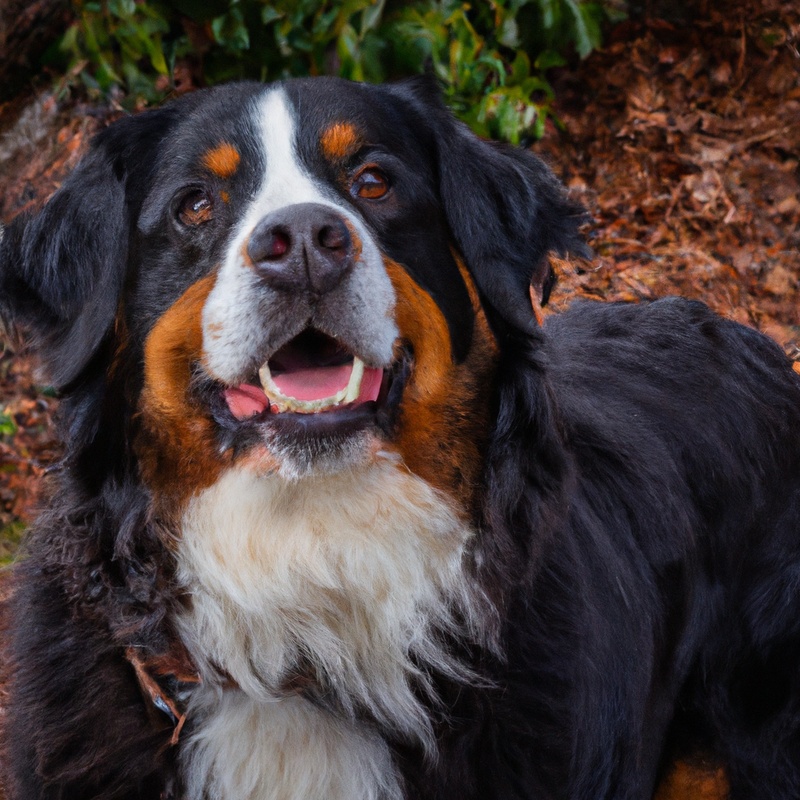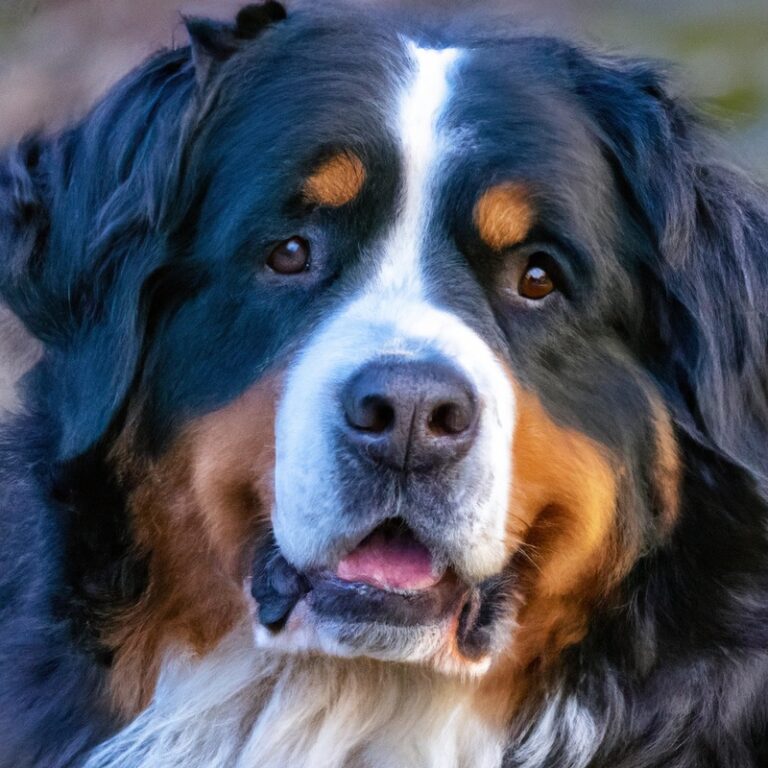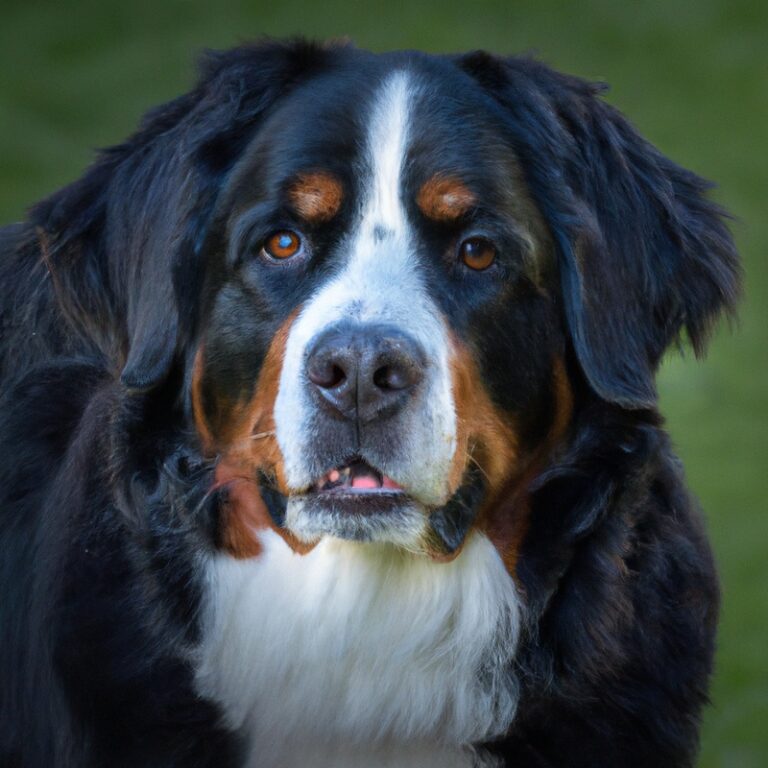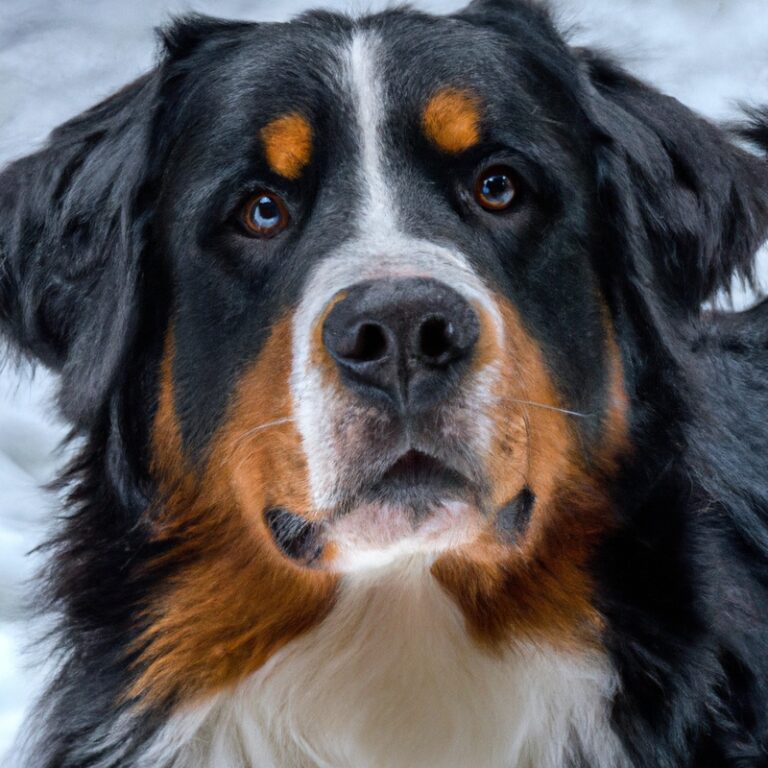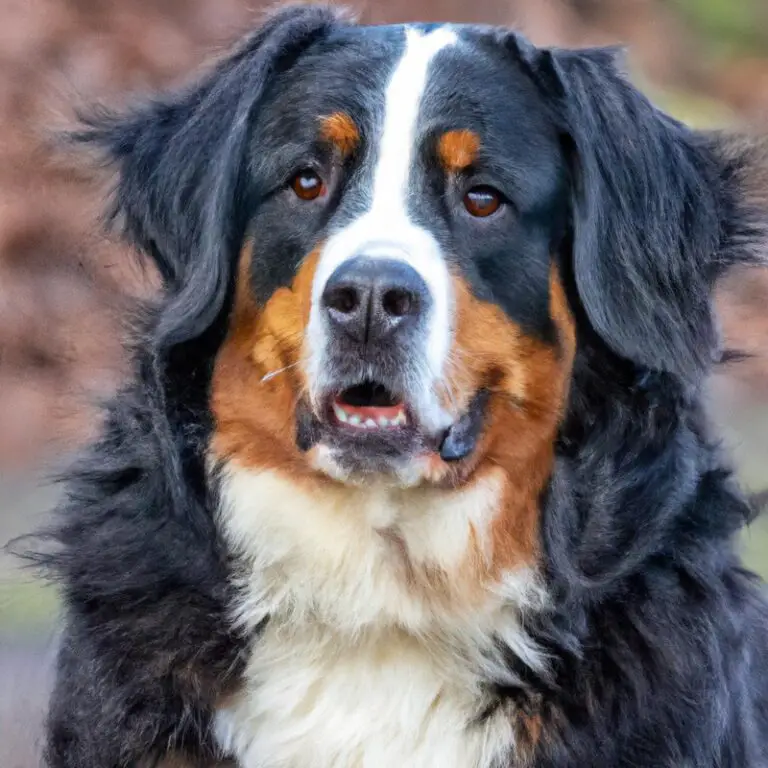How Do I Handle My Bernese Mountain Dog’s Shedding During Seasonal Changes?
Key Takeaways:
- You can manage your Bernese Mountain Dog’s shedding during seasonal changes by regularly brushing their coat.
- You can help reduce shedding by ensuring your dog has a balanced diet and is getting the necessary nutrients.
- Regular baths can help control shedding and keep your Bernese Mountain Dog’s coat healthy.
- Consult with a veterinarian for additional tips or possible remedies to manage shedding in your Bernese Mountain Dog.
Are you tired of finding clumps of fur all over your house every time the seasons change? Trust me, I’ve been there too.
As a proud owner of a Bernese Mountain Dog, I understand the struggle of managing their shedding during these transitions.
But fear not! In this article, I’ll share my expertise on how to handle your Bernese Mountain Dog’s shedding during seasonal changes. We’ll explore why Bernese Mountain Dogs shed, when they shed the most, and the different stages of shedding.
Plus, I’ll provide you with practical tips to manage the shedding, reduce allergens in your home, and even deal with excessive shedding.
So, grab your brush and let’s tackle this shedding challenge together!
| Question | Answer |
|---|---|
| Why do Bernese Mountain Dogs shed? | Bernese Mountain Dogs have a double coat, consisting of a dense undercoat for insulation and a longer, coarser topcoat for protection. Shedding is a natural process for dogs to get rid of old or damaged hair. |
| When do Bernese Mountain Dogs shed the most? | Like many other double-coated breeds, Bernese Mountain Dogs tend to shed heavily during the changing of seasons, typically in spring and fall. |
| How can I manage my Bernese Mountain Dog’s shedding? | 1. Regular brushing: Brush your dog’s coat at least once or twice a week to remove loose and dead hair. 2. Bathing: Regular baths using a dog-specific shampoo can help remove loose hair. 3. Healthy diet: Ensure your dog is getting a balanced diet rich in omega-3 fatty acids, which can improve coat health. 4. Professional grooming: Consider scheduling regular professional grooming sessions to help control shedding. 5. Clean environment: Regularly vacuum your home and wash your dog’s bedding to reduce loose hair in the environment. |
| Are there any specific tools for managing shedding? | Yes, there are various tools available that can be helpful in managing shedding. Some recommended options include a slicker brush, deshedding tool, and a grooming rake. Consult with a professional groomer or veterinarian for specific recommendations. |
| What if my Bernese Mountain Dog’s shedding seems excessive? | If you notice a significant increase in shedding, bald patches, or other concerning changes in your dog’s coat, it is recommended to consult with a veterinarian. Excessive shedding can sometimes be a sign of underlying health issues. |
Understanding the Shedding Process of Bernese Mountain Dogs
Why do Bernese Mountain Dogs Shed?
Bernese Mountain Dogs shed because of their double coat, which consists of a thick, dense undercoat and a longer, coarser outer coat.
Shedding is a natural process for these dogs to regulate their body temperature and remove old or damaged hair.
During shedding seasons, they will shed more heavily to accommodate for changes in weather.
Regular grooming and brushing can help minimize shedding and keep their coat healthy.
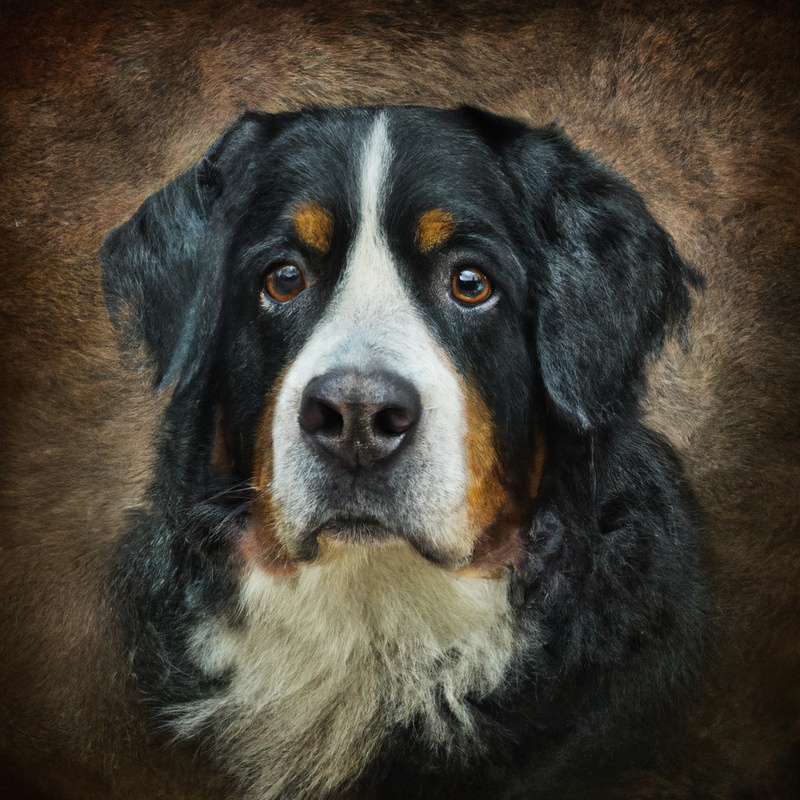
When do Bernese Mountain Dogs Shed the Most?
Bernese Mountain Dogs shed the most during the change of seasons.
In particular, they tend to shed heavily during the spring and fall months.
During these times, you may notice an increase in shedding as their coat adjusts to the temperature and climate changes.
Regular brushing can help manage the shedding and remove loose fur.
Additionally, providing a balanced diet and keeping your Bernese Mountain Dog hydrated can promote healthy skin and coat, potentially reducing excessive shedding.
The Different Stages of Shedding in Bernese Mountain Dogs
Bernese Mountain Dogs go through several stages of shedding throughout the year. In the spring and fall, they experience heavy shedding to prepare for the changing seasons.
During this time, you can expect large amounts of loose fur to come off their coat.
Regular brushing helps to remove the excess hair and prevent matting. In the summer, shedding decreases, but they still shed moderately.
In the winter, their coat becomes thicker to protect them from the cold, and shedding is minimal.
Understanding these different stages will help you manage your Bernese Mountain Dog’s shedding effectively.
Tips for Managing Bernese Mountain Dog Shedding
Regular Brushing and Grooming
Regular brushing and grooming is essential for managing your Bernese Mountain Dog’s shedding.
Here’s what you need to know:
- Brushing: Brush your dog’s coat at least once a week to remove loose fur and prevent matting. Use a slicker brush or grooming mitt to thoroughly brush through the dense fur.
- Bathing: While Bernese Mountain Dogs don’t require frequent baths, regular bathing every few months can help to keep their coat clean and reduce shedding.
- Professional grooming: Consider regular visits to a professional groomer who can trim your dog’s nails, clean their ears, and give their coat a thorough brushing to remove excessive shedding.
- Shedding tools: Invest in shedding tools like an undercoat rake or a de-shedding tool to help remove loose fur effectively. These tools can be used alongside regular brushing.
Remember, regular brushing and grooming not only help manage shedding but also keep your Bernese Mountain Dog’s coat healthy and looking its best.
Using Appropriate Shedding Tools
Using appropriate shedding tools is key to managing your Bernese Mountain Dog’s seasonal shedding. Here are some tools you should consider:
- Slicker Brush: This brush is great for removing loose hair and tangles from your dog’s coat. Use it gently and work through the fur in the direction of hair growth.
- Undercoat Rake: Designed to remove the dense undercoat, an undercoat rake can help prevent matting and reduce shedding. Use it with a light touch to avoid hurting your dog’s skin.
- Deshedding Tool: These tools are specifically designed to remove loose hair from your dog’s undercoat. Use them carefully to avoid causing any discomfort to your dog.
Remember to be gentle and patient when using shedding tools and always praise your dog for their cooperation. Regular grooming sessions will help keep your Bernese Mountain Dog’s shedding under control.
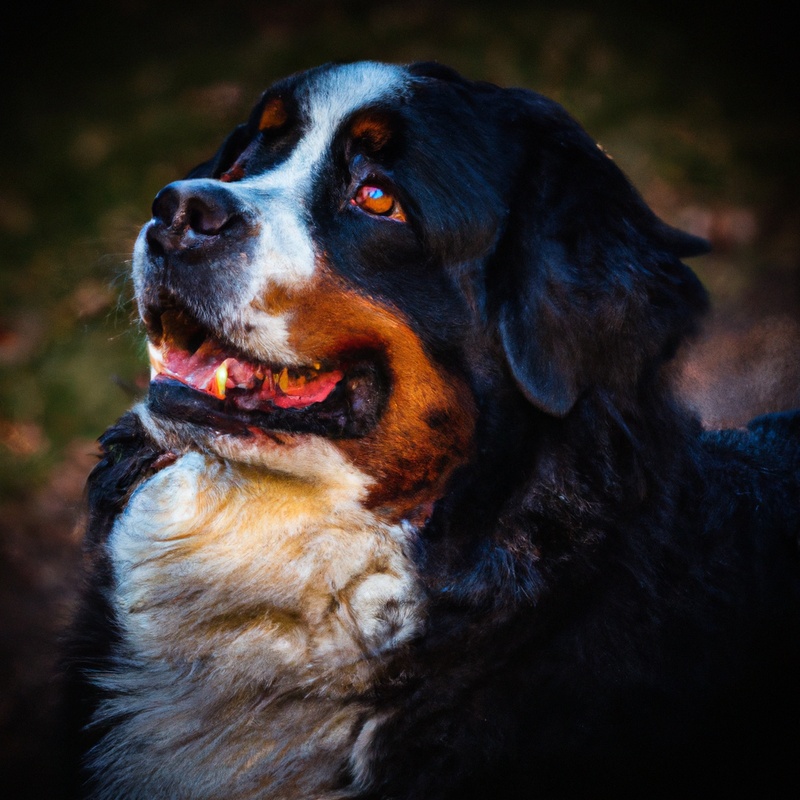
Providing a Healthy Diet
Providing a healthy diet for your Bernese Mountain Dog is key to keeping their coat healthy and reducing excessive shedding. Here are some tips:
- Choose high-quality dog food that is specifically formulated for large breed dogs. Look for options with a good balance of protein, healthy fats, and essential vitamins and minerals.
- Incorporate fresh fruits and vegetables into their diet. These can provide added nutrients and antioxidants. Just make sure to avoid foods that are toxic to dogs, like grapes and onions.
- Consider adding omega-3 fatty acids to their diet. These can help improve coat health and reduce shedding. Fish oil supplements or foods rich in omega-3s, such as salmon, can be beneficial.
- Feed your Bernese Mountain Dog smaller, more frequent meals to aid digestion and prevent overeating.
- Make sure your dog has access to fresh, clean water at all times.
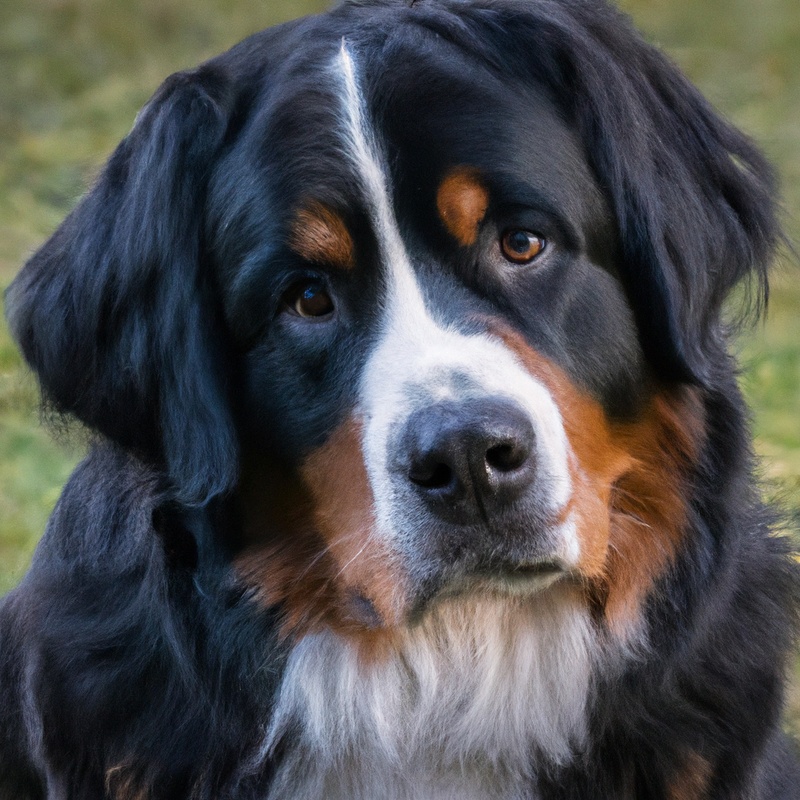
Ensuring Proper Hydration
Proper hydration is essential for your Bernese Mountain Dog’s health.
Make sure fresh water is always available for them, especially during hot weather or after exercise.
Consider placing multiple water bowls around your home to encourage regular drinking.
You can also add ice cubes to the water to make it more enticing and refreshing.
Monitoring your dog’s water intake and ensuring they are drinking enough is crucial for their overall well-being.
Reducing Allergens and Keeping Your Home Clean
Vacuuming Regularly
Vacuuming regularly is essential to keep your home clean and minimize the amount of shed hair from your Bernese Mountain Dog. By removing loose fur from floors, carpets, and furniture, you can prevent it from spreading and causing allergies or irritations.
Make sure to use a vacuum cleaner with strong suction and a brush attachment specifically designed for pet hair.
Pay attention to high traffic areas and your dog’s favorite spots. Aim to vacuum at least twice a week to maintain a tidy living environment.
Keeping Bedding and Furniture Clean
To keep your bedding and furniture clean with a Bernese Mountain Dog, regular maintenance is key.
- Vacuum your furniture and bedding at least once a week to remove loose hair and allergens.
- Use a lint roller or pet hair remover to quickly pick up any stray hairs.
- Consider using washable covers for your furniture and bedding to make cleaning easier.
- Use a pet-friendly fabric spray to neutralize odors.
- Wash bedding and removable covers regularly in hot water to remove dirt and allergens.
- Brush your Bernese Mountain Dog regularly to reduce shedding and minimize the amount of hair on furniture and bedding.
Remember, maintaining a clean environment for your dog and yourself is important for overall well-being.
Using Air Purifiers and Filters
Using air purifiers and filters can greatly help reduce allergens in your home.
These devices work by capturing and trapping dust, pollen, pet dander, and other particles floating in the air.
Look for air purifiers with high-efficiency particulate air (HEPA) filters, as they are known to be effective in removing even the tiniest particles.
Place air purifiers in rooms where you and your Bernese Mountain Dog spend the most time.
Regularly clean and replace filters to ensure they continue to work efficiently.
Dealing with Excessive Shedding
Consulting with a Veterinarian
To handle your Bernese Mountain Dog’s excessive shedding during seasonal changes, consulting with a veterinarian is essential. They can provide guidance on proper grooming techniques, recommend appropriate products to manage shedding, and check for any underlying health issues that may contribute to excessive shedding.
A veterinarian will be able to tailor their advice to your specific dog’s needs, ensuring the best approach for managing shedding and promoting a healthy coat.
Don’t hesitate to reach out to a professional for personalized assistance with your dog’s shedding concerns.
Considering Nutritional Supplements
Nutritional supplements can be a helpful addition to your Bernese Mountain Dog’s diet during seasonal shedding.
Some supplements, like omega fatty acids and biotin, can promote a healthier coat and reduce shedding.
Speak to your veterinarian to determine which supplements are appropriate for your dog and the correct dosage.
Remember to always follow the instructions provided and monitor your dog’s response to the supplements.
Additionally, ensuring a balanced diet with high-quality ingredients can also contribute to a healthier coat and minimize shedding.
Addressing Underlying Health Issues
Addressing underlying health issues is essential when dealing with excessive shedding in Bernese Mountain Dogs.
Regular veterinary check-ups can help identify any underlying medical conditions that may contribute to shedding.
Addressing these issues may include adjusting the dog’s diet, treating allergies or skin infections, and providing supplements for coat health.
A well-balanced diet with essential nutrients can also help reduce shedding.
Regular grooming and brushing can help maintain a healthy coat and reduce shedding.
Frequently Asked Questions
How often should I brush my Bernese Mountain Dog during shedding season?
During shedding season, it’s important to brush your Bernese Mountain Dog at least 2-3 times a week.
Regular brushing removes loose hair and helps prevent mats and tangles.
Use a slicker brush or a deshedding tool to effectively remove the loose fur from their thick coat.
Pay special attention to the undercoat, as that’s where most of the shedding occurs.
Remember to be gentle and make it a positive experience for your furry friend.
Can bathing help reduce shedding in Bernese Mountain Dogs?
Bathing can help reduce shedding in Bernese Mountain Dogs by removing loose fur and dead skin cells. Regular bathing can also keep the dog’s skin and coat healthy, minimizing excessive shedding.
However, it is important to use a gentle, dog-specific shampoo and not over-bathe, as it can strip the natural oils from the dog’s skin and potentially lead to dryness.
Additionally, proper grooming and brushing are also essential in managing shedding in Bernese Mountain Dogs.
Will neutering/spaying my Bernese Mountain Dog reduce shedding?
Neutering or spaying your Bernese Mountain Dog will not directly reduce shedding.
Shedding is a natural process for dogs, and it is primarily influenced by their breed and genetics.
Neutering or spaying may have some impact on the dog’s coat, but it is unlikely to significantly reduce shedding.
Regular grooming, such as brushing and bathing, can help manage shedding and keep your dog’s coat healthy.
Do Bernese Mountain Dogs shed more than other breeds?
Do Bernese Mountain Dogs shed more than other breeds? Bernese Mountain Dogs are known for their heavy shedding.
They have a thick double coat that helps them stay warm in cold weather, but it also means they shed a lot of hair.
Regular brushing can help manage the shedding, but be prepared for some extra vacuuming around the house. While every dog is different, Bernese Mountain Dogs are generally considered to be heavy shedders compared to some other breeds.
Final Verdict
As an expert in Bernese Mountain Dogs and their shedding, I understand the challenges that come with managing their seasonal shedding. It is important to remember that shedding is a natural process for these dogs and cannot be completely eliminated.
However, through regular brushing and grooming, using appropriate shedding tools, providing a healthy diet, and ensuring proper hydration, you can effectively manage your Bernese Mountain Dog’s shedding.
Additionally, reducing allergens and keeping your home clean through regular vacuuming, cleaning bedding and furniture, and using air purifiers can help minimize the impact of shedding on your household. Should you encounter excessive shedding, consulting with a veterinarian, considering nutritional supplements, and addressing any underlying health issues are recommended.
Overall, understanding the shedding process and implementing these tips will help you maintain a clean and comfortable home while enjoying the companionship of your Bernese Mountain Dog.

